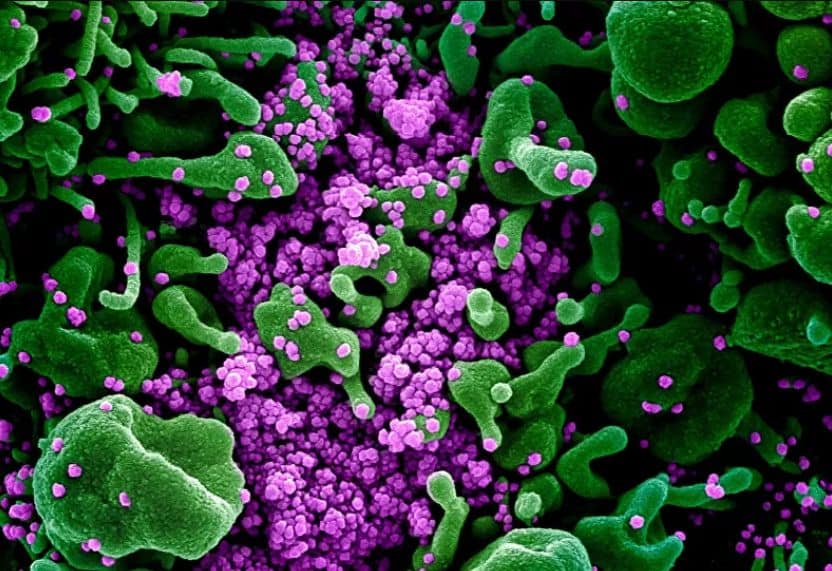Various investigations show that SARS-CoV-2, the virus that causes COVID-19, can spread from person to person through the air. Now scientists must not only work towards a vaccine but also make devices that can detect the coronavirus virus in the air.
At least 239 scientists in 32 countries published an open letter addressed to the World Health Organization (WHO), in which they assert that SARS-CoV-2 is spread through the air. It was on July 6. A month later, a team of US scientists reported the discovery of SARS-CoV-2 virus particles in the air from a hospital room in Florida, United States, almost 5 meters from a patient.
John Lednicky, the virologist who led the study, stated that the implications of this discovery are numerous, in particular, because it demonstrates that the physical distance measures imposed around the world (between 1.5 and 2 meters) are not useful to avoid contagion of the particles of the SARS-CoV-2 float in the air.
Respiratory droplets, which according to the WHO, are the main responsible for the transmission of COVID-19, have a diameter of more than five-thousandths of a millimeter and fall rapidly to the ground under their own weight. However, new studies suggest that the droplets could also evaporate and produce smaller aerosols capable of lasting longer in the air. By exhaling, talking, and coughing into droplets, people indoors may be at greater risk of being infected than previously thought.
How is SARS-CoV-2 identified in the air?
To understand the potential threat in bioaerosols (the biological particles that are in the air and that we inhale every time we breathe), it is important to identify the small fraction of problem microbes or pathogens out of all the bioaerosols present. As scientists from Clarkson University in the United States explain in The Conversation, gene-based analysis is increasingly being relied upon to map viruses and other microorganisms collected in air samples.
A popular technique for gene-based analysis is the polymerase chain reaction (PCR) – currently the gold standard for detecting the presence of SARS-CoV-2 in nasal swab samples – this same technique could be used to detect airborne pathogens.
How does PCR analysis work?
PCR analysis uses an enzymatic reaction to make many copies of a specific gene or a portion of a gene so that the genetic sequence can be detected in a sample, according to The Conversation. A PCR test can be designed to detect specific gene sequences of a microorganism so that detection of the sequence equates to the identification of the microorganism.
PCR-based methods are very precise for the identification of pathogens, and that’s why scientists are betting on next-generation sequencing technology to rapidly sequence the entire genome of microorganisms – their diversity and abundance – in the air.
However, it is not all good news. Current microbe identification techniques are expensive, require specialized equipment, and involve lengthy processing steps. They also cannot detect a species from small amounts of genetic material … and viruses are very small, making it difficult to collect them for analysis.
Not everything is lost
Just as the creation of a vaccine became paramount for scientists, it has now become extremely necessary to detect the virus in the air.
In the Clarkson University laboratory, Professor of Mechanical and Aeronautical Engineering Suresh Dhaniyala, a researcher at the Center for Air and Aquatic Resources Engineering and Science, Hema Priyamvada Ravindran and biologist, Shantanu Sur have developed a bioaerosol sensor and collector from low cost for large-scale bioaerosol sampling.
“This battery-powered sampler uses a micro-sized high-voltage source to ionize airborne viruses, bacteria, and fungi and collect them on a surface. Ionization gives biological particles an electrical charge. Giving the collecting surface the charge opposite makes the particles stick to the surface,” they explained. Samples can be analyzed with portable DNA / RNA sequencers, which allow near real-time detection of bioaerosols with low-cost handheld equipment.
Despite the advances, scientists know they have a long way to go.
